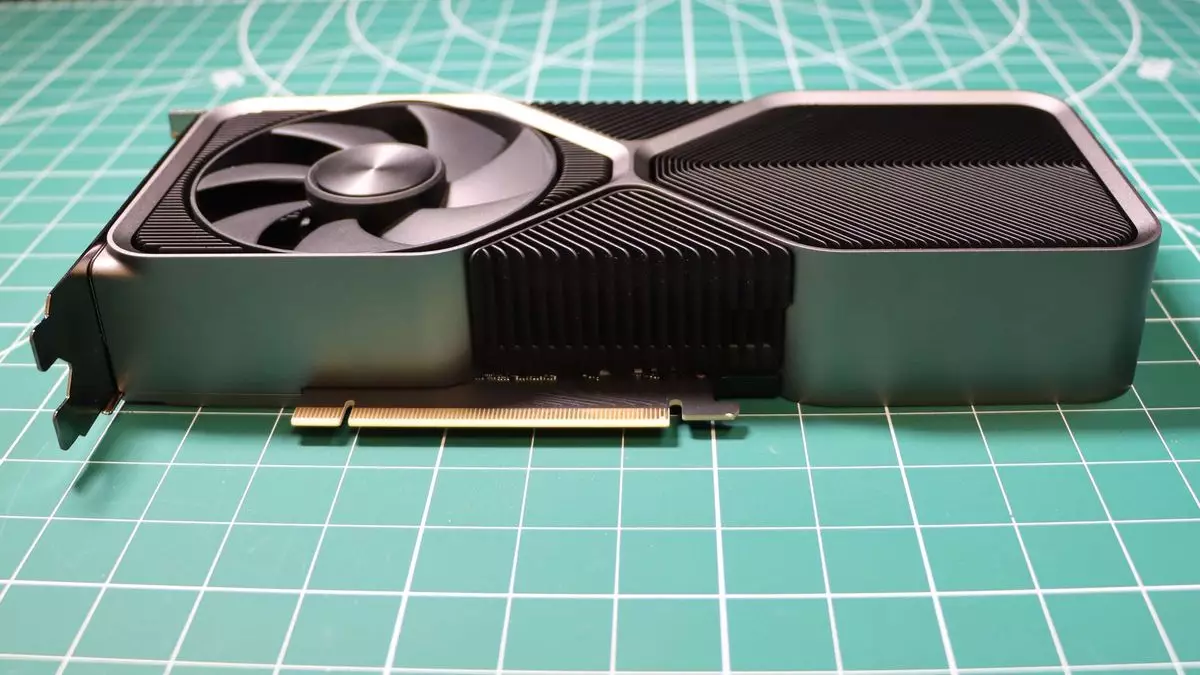In the world of graphics processing units (GPUs), Nvidia has consistently set the pace with innovation and powerhouse performance. With rumors and leaks circulating about the anticipated RTX 5090 and its associated family, the excitement in the gamer community is palpable. However, as we analyze these developments, it’s essential to look beyond surface-level confirmations and pieces of information to truly grasp their significance and implications in the broader landscape of GPU technology.
Recent leaks from Zotac’s website, now recanted, suggested that Nvidia is on the cusp of revealing its RTX 5090, featuring a staggering 32GB of dedicated video memory (VRAM). While these details are tantalizing, they should be viewed through a lens of caution as they do not constitute official announcements. The purported inclusion of several models within this lineup, ranging from the RTX 5090 and its slightly restricted iteration, the RTX 5090 D, to the RTX 5080, RTX 5070 Ti, and RTX 5070 showcases Nvidia’s plan to cater to a diverse audience of gamers and content creators.
The more modest specs of the RTX 5080 and the lower-tier models may signify Nvidia’s strategic focus on performance scalability. It is notable that while the flagship 5090 flaunts an impressive 21,760 CUDA cores, almost 31% more than its predecessor, the RTX 4090, other models exhibit minimal gains. The RTX 5080 is rumored to feature only 10,752 CUDA cores, a marginal increase compared to the 4080’s performance metrics. This raises questions about Nvidia’s commitment to delivering substantial upgrades across the board versus reserving them for premium offerings.
A critical aspect surrounding the announcement of new GPUs is their price point, which historically has been a barrier for many. Early indications suggest that the RTX 5090’s pricing could be reflective of its robust specs, potentially setting a new benchmark for high-end gaming graphics. As the tech world reels under the effects of economic fluctuations and global supply chain issues, inflationary pressures could further inflate prices, making high-end models less accessible for average consumers.
In parallel, Nvidia’s strategy appears to be one of incremental improvements at lower price tiers. The greater concern arises when considering the performance limitations of the RTX 5070 and 5070 Ti, rumored to house 6,400 and 8,960 CUDA cores, respectively, with only slight improvements in VRAM. While these models will appeal to entry-level gamers, their capacity to handle modern gaming requirements might soon reach obsolescence with the increasing demands of high-definition gaming and ray-tracing technology.
Future of Gaming Graphics
A striking revelation in this lineup is the developing trend toward stagnation in VRAM increments in mid-range and lower-tier GPUs. The RTX 5070 is speculated to hold onto 12GB of VRAM, raising an eyebrow considering the contemporary gaming landscape where even straightforward titles demand more than 8GB to provide a seamless experience. As games embrace advanced graphics technology and features like ray tracing, the reduced memory allocation in upcoming models could hinder performance significantly.
Additionally, the omissions of a newer RTX 5060 model from the leaked specification only intensify these anxieties about Nvidia’s approach to mid-range GPUs. If the anticipated 5060 model remains fixed at 8GB of VRAM, many gamers may find themselves disillusioned, particularly as gaming trends gravitate towards increasingly demanding requirements.
While optimism surrounds Nvidia’s new GPU lineup, closer scrutiny reveals a complex narrative marked by potential limitations. The upcoming announcements are indeed moments of anticipation for enthusiasts and gamers alike; however, they could also reinforce a philosophy of mitigating substantial innovation at more accessible price points. An equilibrium between powerful performance and cost-effective options will be crucial in catering to a diverse audience.
The anticipated CES launch in January may serve as a pivotal moment for Nvidia, as it seeks to balance excitement with practicality amidst evolving market needs. Ultimately, for users looking to invest in the future of gaming, understanding the nuanced changes within this GPU generation will be critical in making informed decisions.

